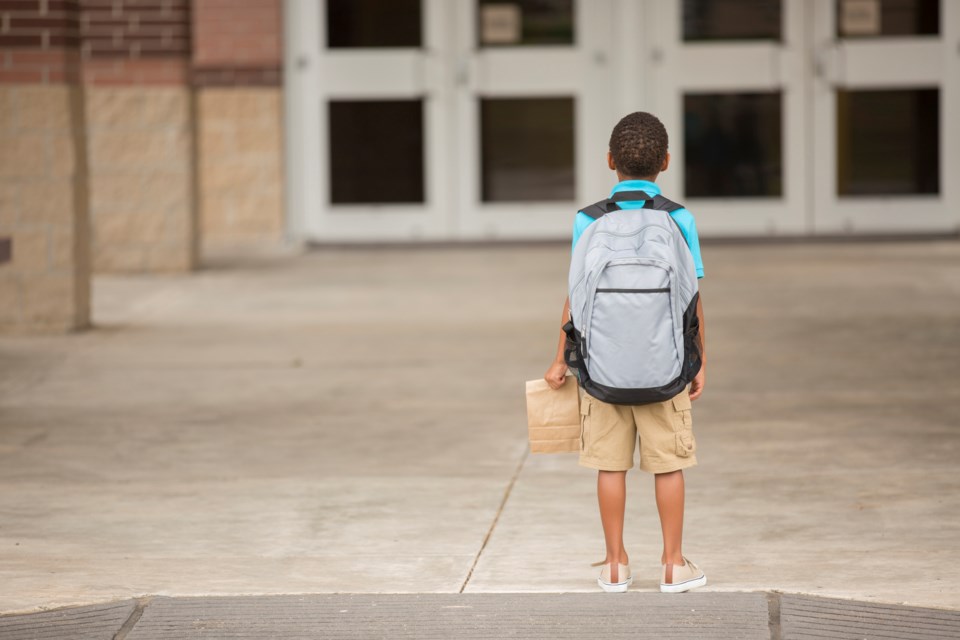All children should be able to attend school, whatever their immigration status.
The New Westminster school district embraced that philosophy by becoming the first district in B.C. to officially adopt a sanctuary schools policy in 2017 – but it still has some work to do to ensure the policy is working as well as it can.
Trustee Maya Russell brought a sanctuary schools committee update to the school board for its final meeting of the 2020/21 school year on June 22.
The district’s sanctuary schools policy says all school-age children who are “ordinarily resident” in the district – including those with precarious immigration status or no immigration status – are entitled to admission in school. It also specifies that students’ personal information will not be shared with federal immigration authorities and that Canada Border Services Agency or immigration officials will not be allowed to enter school district facilities, unless required by law.
Russell said that, since the policy passed, a small number of students who wouldn’t otherwise have been able to enrol have attended New Westminster schools.
“We remain one of very few school districts who provide these protections,” she said, pointing to Vancouver’s “Access Without Fear” guidelines as another example. “Unfortunately we know that, across the region, families remain fearful to send their children to school, or if they do send children to school, they are living in fear that the child being at school is exposing the family to a deportation risk.”
Russell pointed out that the COVID-19 pandemic has been a particularly dangerous time for people with precarious immigration status, since they may be fearful to access COVID tests or vaccinations.
PROCEDURES, PAPERWORK NEED TO REFLECT POLICY
On the school district front, Russell said, work has been done to make sure the sanctuary schools policy is communicated in plain language on the district’s website and that district forms don’t contradict the policy’s intentions.
“We do continue to hear that there are some challenges,” she admitted.
Trustee Mark Gifford pointed to one of those challenges during discussion of an update to the district’s administrative procedures – specifically those around admissions and registration. He noted those procedures have undergone “significant changes” and thanked staff for the effort to communicate the district’s commitment to ensuring schools are safe and welcoming for all students, regardless of immigration status.
But he suggested there’s room for “reflection” on the flexibility around identification requirements, since all of the pieces of ID listed on district forms require some form of formal, recognized immigration paperwork.
“It’d be good to look at, and ensure that we’re able to consider alternatives from those listed, moving forward,” he said.
Russell said having a centralized registration system running at the district’s new Welcome Centre will be helpful on that front.
In the coming school year, she said, she’d like to see the New Westminster school board advocate for adoption of similar policies by other B.C. districts.
“We’re proud of this policy, and I’d certainly like to see it expand beyond our district. We know that access to public education remains a barrier for children,” she said. “It’s a very small number of families who are afraid to send their children to public school because they fear deportation. We know it’s not a lot of people, but we know removing the barrier would mean the world.”
Follow Julie MacLellan on Twitter @juliemaclellan.
Email Julie, [email protected].


![[UPDATE] New Westminster school district enacts sanctuary schools policy](https://www.vmcdn.ca/f/files/glaciermedia/import/lmp-all/996634-Sanctuary02-web.jpg;w=120;h=80;mode=crop)